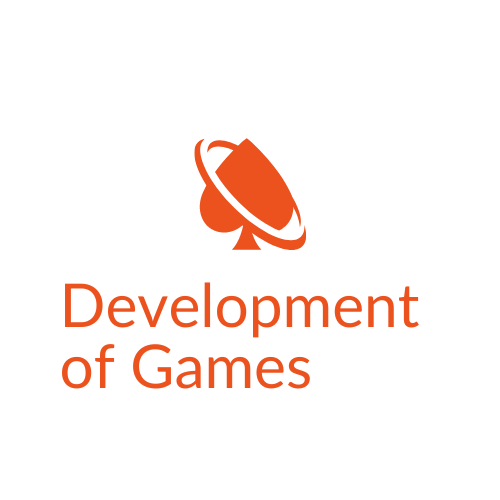Web planning is a major part of making a convincing internet based presence. It includes something other than feel; it envelops the workmanship and study of guaranteeing a site is outwardly engaging, easy to understand, and practical. As innovation develops and https://yehyehlogin.com/ client assumptions change, web planning keeps on adjusting, making it a dynamic and significant field for organizations and people the same. This article investigates the center components of web planning, its development, latest things, and future bearings.
Center Components of Web Planning
Web planning coordinates a few fundamental parts to make an effective computerized insight:
Visual Plan: This is the underpinning of any site’s appearance. It incorporates components, for example, variety plans, typography, symbolism, and design. A very much planned visual connection point draws in clients as well as builds up brand personality and guides client communication.
Client Experience (UX) Plan: UX configuration centers around the general experience clients have while cooperating with a site. It includes making natural route, guaranteeing openness, and organizing content in a way that is not difficult to consume and collaborate with.
UI (UI) Plan: UI configuration manages the intuitive parts of a site, like buttons, structures, and menus. Compelling UI configuration guarantees that these components are stylishly satisfying as well as utilitarian and easy to use.
Responsive Plan: Responsive plan guarantees that a site functions admirably across different gadgets and screen sizes. This approach includes utilizing adaptable networks and designs, alongside media inquiries, to give a consistent encounter whether clients are on a work area, tablet, or cell phone.
The Development of Web Planning
The field of web planning has changed altogether throughout the long term:
Early Web (1990s): Early website composition was portrayed by straightforward HTML pages with fundamental organizing. Sites were much of the time text-weighty and needed progressed styling and intelligence.
CSS and Streak Period (2000s): The presentation of Flowing Templates (CSS) took into account more complex designs and enhanced visualizations. Adobe Streak empowered rich movements and media components, however it ultimately become undesirable because of execution and security issues.
Responsive Plan (2010s): With the ascent of portable web utilization, responsive plan turned into a need. Sites needed to adjust to different screen sizes, prompting the advancement of adaptable plan procedures and further developed client encounters on cell phones.
Current Website composition (2020s-Present): The present website architecture stresses intelligence and client commitment. High level activitys, microinteractions, and customized content are utilized to make vivid and connecting with client encounters.
Latest things in Web Planning
A few patterns are at present forming the scene of web planning:
Moderation: Moderate plan centers around straightforwardness and usefulness. It utilizes clean lines, adequate whitespace, and a restricted variety range to make a smoothed out and compelling client experience.
Dim Mode: Dull mode offers an option in contrast to customary light subjects, decreasing eye strain and saving battery duration on OLED screens. It gives a cutting edge stylish that numerous clients see as engaging.
Microinteractions: Microinteractions are little, unobtrusive activitys that answer client activities. They give input, upgrade ease of use, and make the client experience seriously captivating and intelligent.
Topsy-turvy Designs: Deviated formats split away from conventional matrix structures, making a dynamic and outwardly fascinating appearance. This pattern adds uniqueness and catches client consideration.
Strong Typography: Enormous, unmistakable text styles are utilized to feature key substance and make visual effect. Intense typography improves intelligibility and adds to the general plan.
Personalization: Customizing content and plan components in view of client inclinations and conduct upgrades commitment. Fitted encounters make sites more applicable and interesting to individual clients.
The Eventual fate of Web Planning
Looking forward, a few arising innovations and patterns are set to impact the fate of web planning:
Man-made reasoning (artificial intelligence): man-made intelligence is changing web planning by offering computerized plan devices, prescient investigation, and customized client encounters. Artificial intelligence can smooth out plan cycles and upgrade innovativeness.
Expanded Reality (AR) and Computer generated Reality (VR): AR and VR advancements give better approaches to make vivid web encounters. These advances can change client cooperations and deal intuitive computerized conditions.
Voice UI (VUI): As voice-actuated gadgets become more common, incorporating voice connections into website architecture will be progressively significant. VUI takes into consideration sans hands, open cooperations and adds another aspect to client experience.
Maintainability: There is a developing accentuation on feasible web planning rehearses. This incorporates upgrading execution to decrease energy utilization and taking on eco-accommodating plan standards.
End
Web planning is a diverse discipline that consolidates imagination with specialized skill to make drawing in and powerful computerized encounters. From its beginning of straightforward HTML to the modern, intuitive plans of today, web planning has persistently developed to meet the changing necessities of clients and progressions in innovation. Embracing latest things and expecting future advancements will be essential for making sites that stay important, significant, and client focused in a consistently developing computerized scene.
